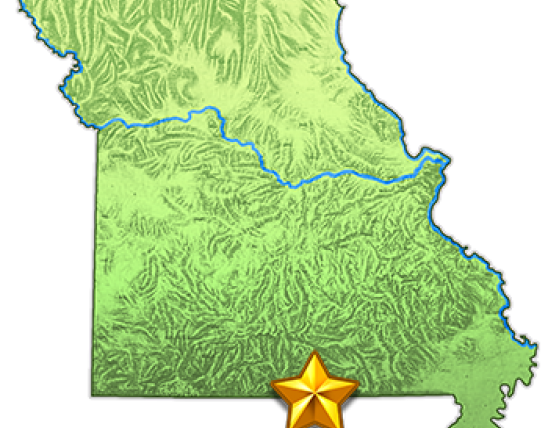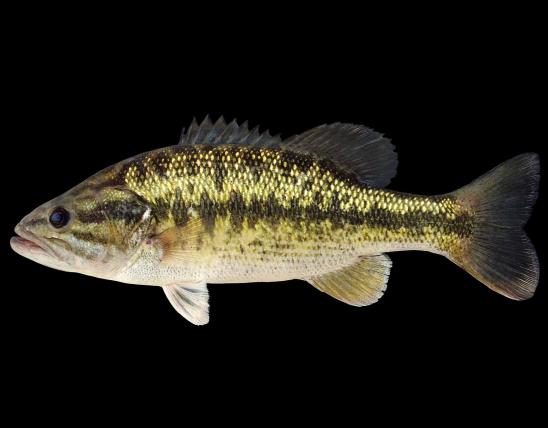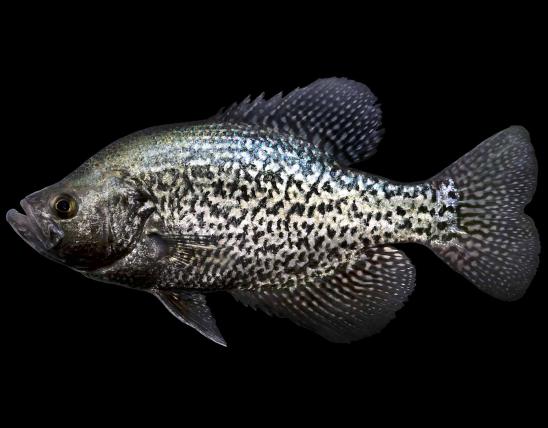Driving directions: Norfork Lake is about 20 miles southwest of West Plains, and can be reached from Route O, Route T, or Highway 160.
Annual Prospects Report
From late February through the first half of March, spawning walleye migrate to Norfork Lake's upper end and into the lake's two main tributaries, Bryant Creek and the North Fork of the White River. Jerk-baits, jigs, and live bait catch the majority of fish during this time of year. In the following months, spoons, drop-shotting nightcrawlers, crankbaits, and nightcrawlers rigged on bottom-bouncers slowly trolled along flats and points, catch good numbers of fish. While the number of White bass harvested had improved over recent years, in the spring of 2019, a lake-wide white bass fish kill occurred extending from Arkansas into Missouri; so expect below average catch rates in 2024. Fishing for white bass usually begins in the upper end of the lake between late March and mid-April and anglers prefer jigs, minnow/shad imitating crankbaits, and live minnows/shad. Largemouth bass and spotted bass make up the majority of the black bass population. High water levels throughout 2020, 2021, and 2022 produced substantial year classes of largemouth bass and spotted bass. As a result, anglers should expect high catch rates of bass between 8 inches and 14 inches, or below the minimum length limit, in 2024. Also, the large recruitment class of bass from 2019 will be above the minimum length limit and should provide good catch rates in 2024. These successful recruitment years, due in part to high water levels during the summer months, will provide good fishing opportunities now and in future years. Jigs and plastic baits, such as worms, "creature" and tube baits are great choices to use when pursuing black bass. Anglers wanting fish to eat should harvest spotted bass greater than 12 inches. This species doesn't have the growth potential of largemouth bass and often dies before reaching 15 inches. Anglers can identify largemouth and spotted bass by using differences in the jaw-bone length, cheek scale size, connectivity of the soft and spinous dorsal fins, and absence/presence of a tongue patch.
Missouri residents 16 years of age and older who fish the Arkansas portion of Norfork Lake should take advantage of the $10 White River Border Lakes Permit. This permit allows these anglers to fish the Arkansas portion of this lake without purchasing an Arkansas nonresident fishing permit. Crappie fishing has been good using jigs and minnows in the spring and fall with anglers utilizing the 22 fish habitat structures installed by the Missouri Department of Conservation and paid for with a grant from the National Fish and Wildlife Foundation. Anglers wanting locations of the lake's brush structures can visit the MO Fishing App for smartphones or download coordinates to your sonar unit from MDC's MO Fishing Interactive Map on the website. Remember to help STOP the spread of aquatic invasive species like zebra mussels by cleaning, draining, and drying out your boat and equipment before traveling to another lake or river.
Lake accesses include Tecumseh, Bridges Creek, Udall, and Liner Creek which are located off Hwy 160, Ozark CR 551, Hwy O, and Hwy T, respectively.



























